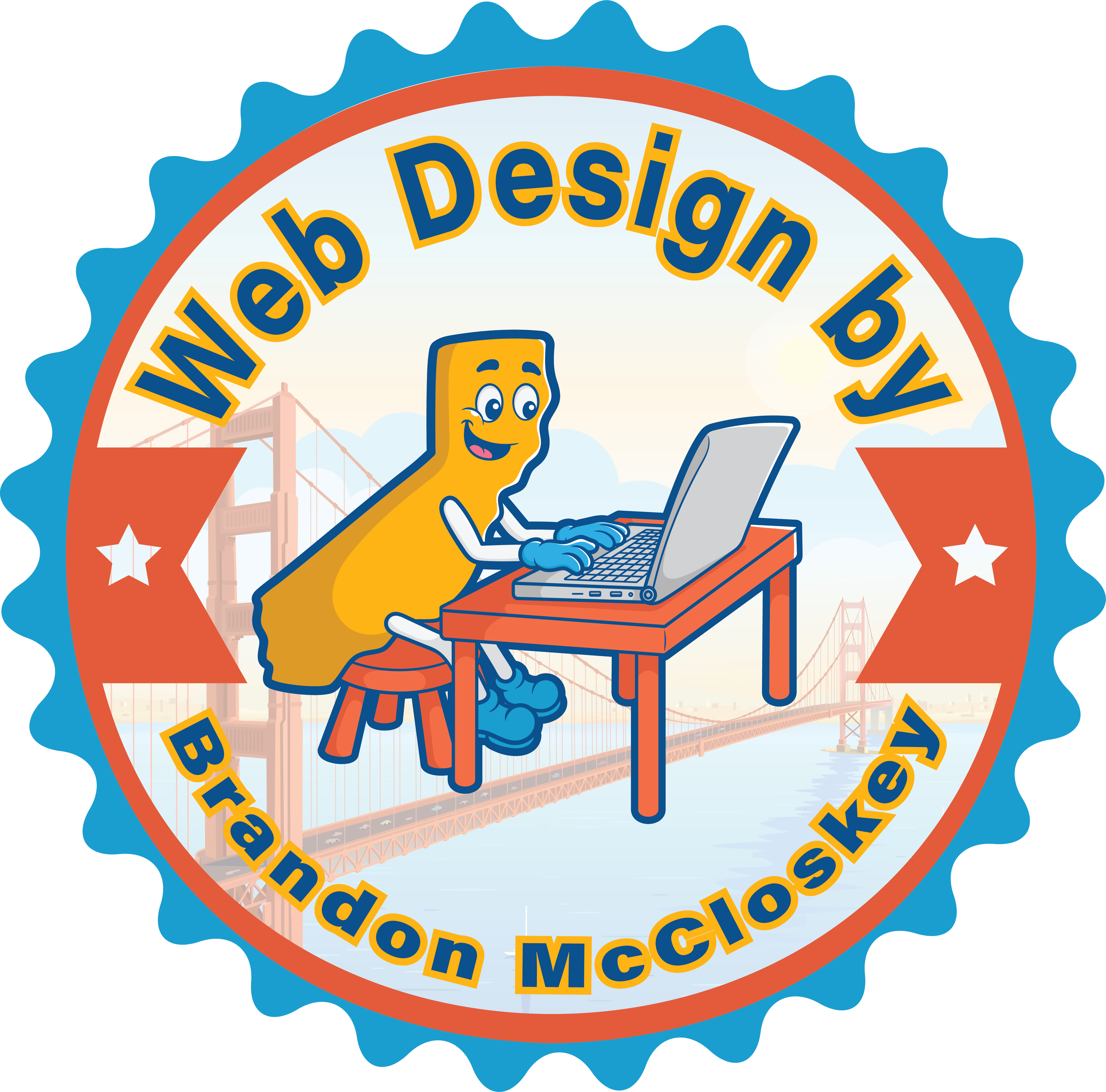CMS stands for Content Management System. It is built such that it can be used by beginners to experienced web developers. It is software that helps to easily create and manage online content. Most CMS’s are open source and free to use.
It is an added advantage for you if you have basic HTML, CSS, or PHP basic knowledge. But if you don’t it still isn’t a big deal since the platforms are easy to use. Below are the top three CMS platforms you can compare.
WordPress
According to statistics, WordPress is used by a maximum number of bloggers and small to medium-sized websites. Its simplicity is also preferred by mighty big websites. To achieve the first content you need to learn WYSIWYG Editor. It is easily developable by different classes of web developers and institutional beginners. It has a lot of themes and plugins in its repository. Its advantages are; It is highly flexible, customizable, and easy to use. It also has tons of learning resources and an excellent community that uses them and its support are good. It has weaknesses such as; it requires a code for major visual customizations and updates may result in issues with plugins.
Joomla
It has many similarities with WordPress for it is also easy to use, easy to install, and can be expanded with modules faster. It has a big number of options that may be intimidating for beginners to explore. It has an additional menu to the left menu on the top bar right above the control panel logo. To avoid confusion, some of the contents from the left and top bar are similar. Like WordPress, it has styles and templates that quickly give your site a unique look. It offers the easiest solution in creating social networks.
Drupal
Experienced developers have attested Drupal as the most powerful CMS. Although it’s the most complicated to use. It is the flexible and second most used CMS in the world. You need to learn the basics of coding to use drupal.
